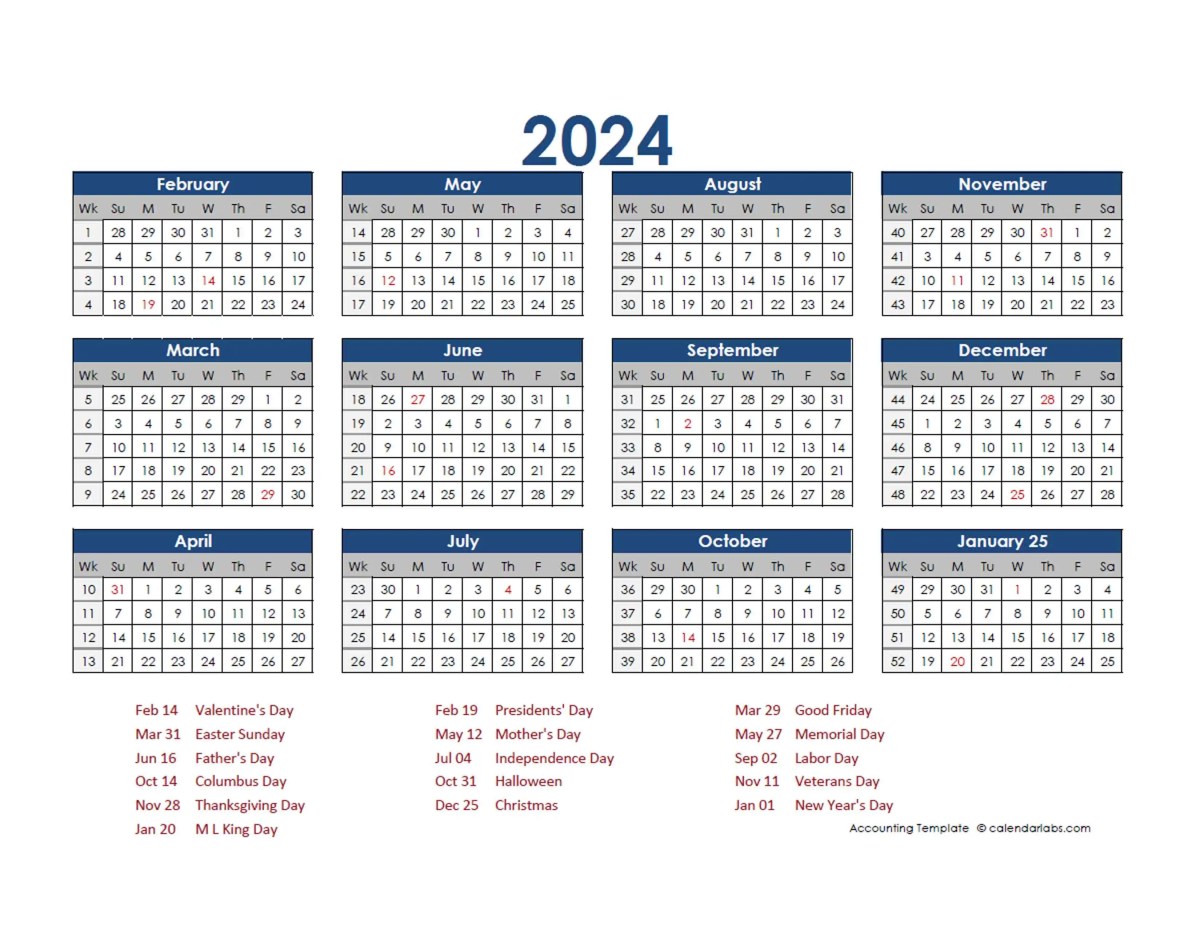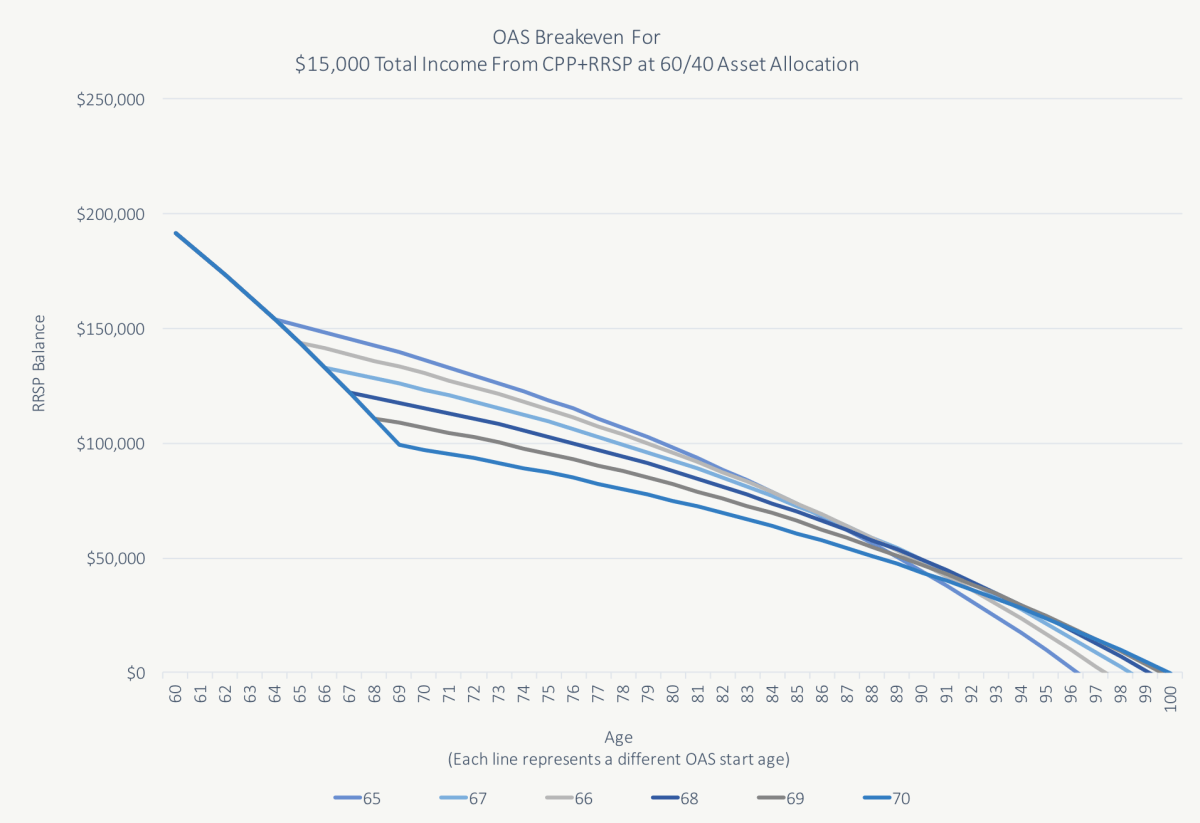Canada January 2025 OAS Boost: Get ready for a significant increase in Old Age Security (OAS) benefits starting January 2025! This guide breaks down what you need to know about this important change for Canadian seniors. We’ll explore the projected percentage increase, how it affects different income levels, and the government’s reasoning behind this boost. We’ll also compare it to other senior support programs and discuss the long-term implications for both seniors and the Canadian government.
Understanding this increase is crucial for planning your finances and navigating the Canadian senior benefits system. We’ll cover everything from the impact on your monthly budget to the potential long-term sustainability of the program. Let’s dive in!
Projected OAS Increase in January 2025

The Old Age Security (OAS) pension is a crucial source of income for many Canadian seniors. The anticipated increase in January 2025 is a significant event impacting the financial well-being of a substantial portion of the population. This article details the projected increase, its implications for various income groups, and its broader context within government policy and senior support programs.
Projected OAS Increase Percentage, Canada january 2025 oas boost
While the precise percentage increase for the January 2025 OAS boost is subject to final government announcements and depends on various economic factors, projections often suggest an increase aligned with the Consumer Price Index (CPI). For illustrative purposes, let’s assume a hypothetical increase of 3%. This means that the monthly OAS pension will increase by 3% compared to the previous year.
The actual figure will be announced closer to the implementation date.
Impact on Various Income Brackets
A 3% increase in OAS benefits will have varying impacts depending on a senior’s current income level. Higher-income seniors will see a larger dollar increase than lower-income seniors, although the percentage increase remains consistent. This will influence their ability to cover living expenses, healthcare, and other needs.
| Income Bracket | Current OAS Benefit (Hypothetical) | Increased OAS Benefit (Hypothetical, 3% increase) | Percentage Increase |
|---|---|---|---|
| Low Income ($20,000 annually) | $600/month | $618/month | 3% |
| Middle Income ($40,000 annually) | $600/month | $618/month | 3% |
| Higher Income ($60,000 annually) | $600/month | $618/month | 3% |
Factors Influencing the OAS Boost

Several factors contribute to the determination of the annual OAS increase. Primarily, the increase is tied to the rate of inflation as measured by the CPI. Government budgetary considerations and overall economic conditions also play a role. Unexpected economic downturns or surpluses can influence the final percentage increase, although the government aims for consistency and predictability.
Government Policies and Budgetary Allocations
The government’s rationale behind OAS increases centers on maintaining a reasonable standard of living for Canadian seniors. It acknowledges the impact of inflation on the purchasing power of fixed incomes. Budgetary considerations involve balancing the cost of OAS increases against other government priorities and overall fiscal responsibility. The government must carefully manage the trade-offs between providing adequate social support and maintaining fiscal sustainability.
Budgetary Considerations and Previous Adjustments
The size and timing of the OAS increase are influenced by the federal budget. The government must allocate sufficient funds to cover the increased expenditure. Comparing this increase to previous years requires analyzing the CPI and the government’s fiscal situation during those periods. For example, during periods of economic growth, the government might implement a larger increase, while during economic recessions, the increase might be more modest or even temporarily frozen.
Implications for the Federal Budget
The OAS increase will inevitably impact the federal budget. A larger increase will lead to a higher expenditure, potentially widening the budget deficit or reducing the surplus. The government uses economic forecasting models to estimate the impact and plan accordingly, incorporating this into their annual budget projections.
Okay, so you’re looking at the Canada January 2025 OAS boost? That’s a pretty big deal for seniors. Thinking about historical events, it makes you wonder about the resources needed for such initiatives, much like the massive engineering feat behind the lancaster war plane , a testament to past technological prowess. Getting back to the OAS boost, it’s definitely something to keep an eye on for its impact on Canadian retirees.
Impact on Canadian Seniors
The OAS boost will directly impact the living standards of Canadian seniors. The additional income can provide crucial relief from rising costs, allowing seniors to maintain their quality of life and access essential goods and services.
Utilizing the Increased Benefit
- Healthcare expenses (prescription drugs, medical appointments)
- Housing costs (rent, mortgage payments, property taxes)
- Groceries and other essential living expenses
- Transportation costs
- Recreational activities and social engagement
Impact on Senior Poverty Rates

The OAS increase has the potential to reduce poverty rates among seniors. By supplementing their income, it can help seniors meet their basic needs and reduce their reliance on other social support programs. The extent of this impact depends on the size of the increase and the distribution of income among seniors.
Comparison with Other Senior Support Programs
The OAS is not the only support program for seniors in Canada. The Guaranteed Income Supplement (GIS) and the Canada Pension Plan (CPP) also play vital roles. Understanding how these programs interact with the OAS increase is essential for a complete picture of senior support.
Hey, so you’re looking into the Canada January 2025 OAS boost? That’s great! It’s important to remember that while the government focuses on senior benefits, other crucial sectors are facing challenges. For example, the potential impact on students is significant, given the ongoing ontario colleges faculty strike , which could delay education and impact future job prospects.
So, while the OAS boost is good news, let’s keep a wider perspective on the economic landscape.
| Program Name | Benefit Type | Eligibility Criteria | Relationship to OAS Increase |
|---|---|---|---|
| Old Age Security (OAS) | Pension | Age 65 and older, Canadian resident | Directly increased by the annual adjustment |
| Guaranteed Income Supplement (GIS) | Top-up for low-income seniors | Age 65 and older, low income, Canadian resident | Indirectly affected; the increase in OAS might affect GIS eligibility for some |
| Canada Pension Plan (CPP) | Pension based on contributions | Contributions made during working years | Independent of OAS increase, but both contribute to overall retirement income |
Long-Term Implications and Sustainability
The long-term financial implications of the OAS increase for the Canadian government are significant. Maintaining the program’s sustainability requires careful planning and potential adjustments in the future. The aging population and increasing life expectancy pose challenges to the program’s long-term viability.
Potential Adjustments and Reforms
To ensure the long-term sustainability of the OAS, the government may consider various adjustments. These could include adjustments to eligibility criteria, changes in benefit calculation methods, or increased contributions. Careful analysis of the demographic trends and economic forecasts will be crucial in guiding these decisions.
The long-term financial health of the OAS program is paramount. Balancing the need to provide adequate support for seniors with the need to maintain fiscal responsibility will require ongoing review and potential adjustments to ensure the program’s sustainability for future generations.
Last Point: Canada January 2025 Oas Boost

The Canada January 2025 OAS boost represents a significant development for Canadian seniors, promising improved living standards and financial security for many. While the increase offers immediate benefits, it’s vital to consider the long-term implications for the program’s sustainability and how it interacts with other support systems. This detailed overview should equip you with the information needed to understand and prepare for this change.
Stay informed and plan ahead to make the most of this upcoming increase!
General Inquiries
Will the OAS increase affect my GIS payments?
Okay, so you’re looking at the Canada January 2025 OAS boost, right? That’s a pretty big deal for seniors. It’s important to remember that even with that extra cash, unexpected events can still happen. For example, check out this crazy news story about a drone hitting a firefighting plane – it highlights how even seemingly unrelated events can impact our lives.
Getting that OAS boost will definitely help manage unexpected costs, so plan ahead!
Possibly. The OAS increase may impact your Guaranteed Income Supplement (GIS) eligibility or amount, as GIS is needs-based and tied to OAS. Check with the government for specifics.
How is the OAS increase funded?
The increase is funded through the federal budget. Specific funding sources vary year to year and are Artikeld in the federal budget documents.
When will I receive the increased OAS payment?
The increased payments should begin with your January 2025 OAS payment. Check with Service Canada for confirmation.
What if I’m already receiving the maximum OAS?
You’ll still receive the percentage increase on the maximum OAS amount.
